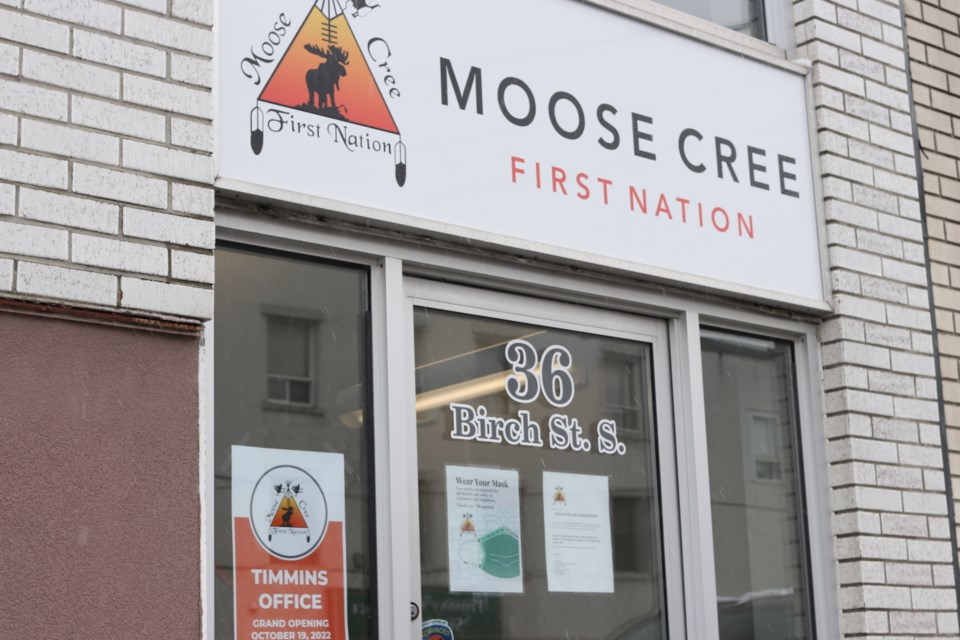Every child should have access to the things they need to succeed.
That is the ethos behind Jordan’s Principle, a legal obligation of governments to provide care to Indigenous children without delay or denial, when that care would be accessible by any other child.
“No child should have to miss out, or wait for care or help they need,” said Janet McKay, Moose Cree First Nation's Jordan's Principle writer. “Whether it’s medical help, or travel to seek care, or educational assistance, our children deserve the same access that non-Indigenous kids get.”
Jordan’s Principle was named for Jordan River Anderson, a young boy from Norway House Cree Nation in northern Manitoba.
Jordan spent his entire life in the hospital while the federal and provincial governments debated who would pay for the home care he needed to live with his family in his community.
“The conversation shouldn’t be about who pays for what when a child is sick,” said McKay. “It should be about the child’s well-being, and we can figure the rest out later.”
Many First Nations have established departments to help members access the services and care children need through this principle.
McKay does this work for Moose Cree First Nation. She said that things like educational assistants in classrooms, cultural learning for Indigenous students that are in urban settings, and access to arts and sports can all fall under Jordan’s Principle.
“It’s not asking for special treatment, and in educational settings, it can be an asset for everyone, not just the student who applies,” she said. “It’s a way to bring some equity to these situations.”
While the original focus was medical care and access, educational and social accessibility are also covered by these obligations. she said.
“The medical treatments and things like home care are a huge priority because so many remote communities are in a tight place for those things to begin with,” said McKay. “But we can’t forget about the mental and emotional well-being of these children too. They’re a whole person, and it all has to come together for their well-being.”
Indigenous Service Canada (ISC)’s funding for Jordan’s Principle in the 2022/23 fiscal year totalled over $230 million, which went toward both individual cases and programs aimed at Indigenous youth mental health.
“ISC also supports community-based youth suicide prevention programs, such as the Choose Life Initiative delivered in partnership with the Nishnawbe Aski Nation,” said Jennifer Cooper, a spokesperson for ISC.
Choose Life offers a needs-based suicide prevention program and promotes the mental, emotional, and behavioural well-being of Indigenous youth.
McKay said that she’s only seen one denial in her time working for Moose Cree First Nation, but sometimes the required documents might deter some applicants.
“We’ve had people say ‘well, I don’t have a letter from anyone that fits what they say they need’, so they just give up, or assume their child won’t qualify, but that’s why we’re here,” she said. “We can help people get the documents and the information in order for what they and their families need to move forward.”
The statement from the ISC said that their goal is to meet the needs of Indigenous youth, including those facing other factors that can impact their well-being.
“Funding from the department helps with a wide range of health, social and educational needs, including the unique needs that First Nations Two-Spirit and LGBTQQIA children and youth and those with disabilities may have,” said Cooper.
McKay said that the core of the principle is a very human want to see children succeed and be healthy.
“There should never be a time when a child doesn’t get the care, and education, and support they need, no matter what that looks like,” she said.



